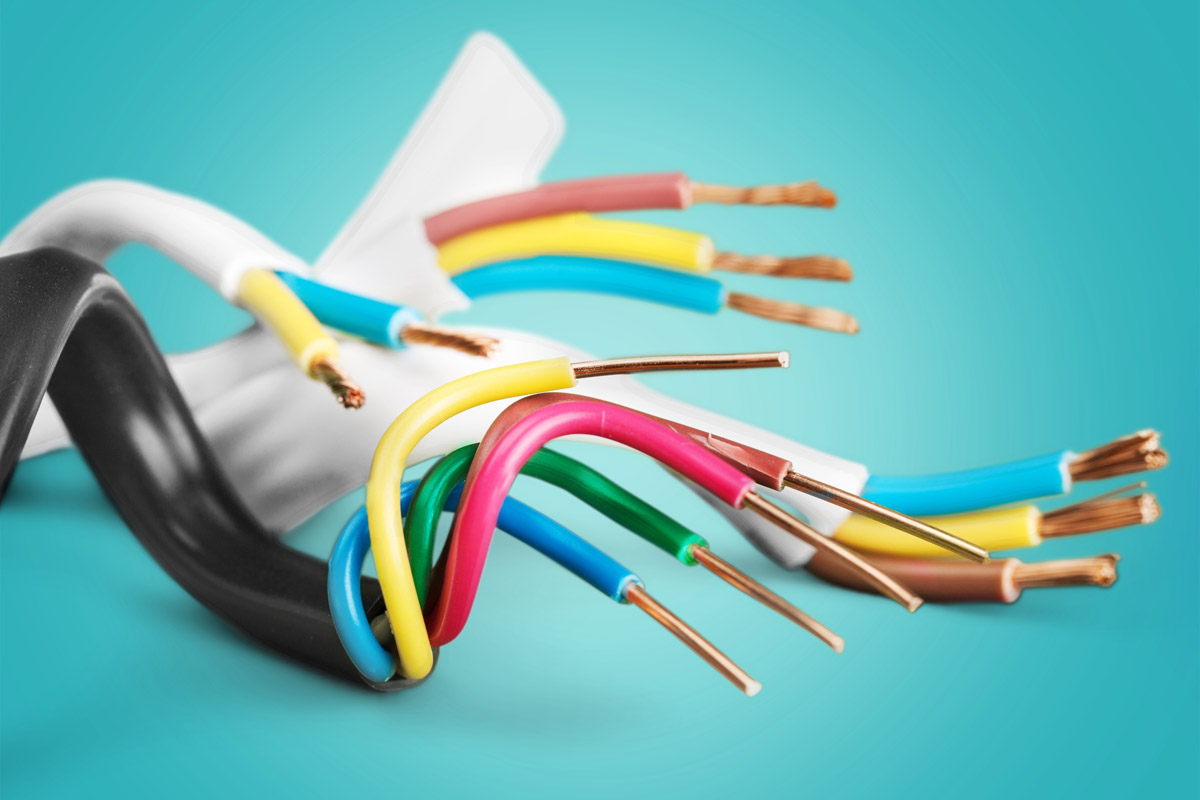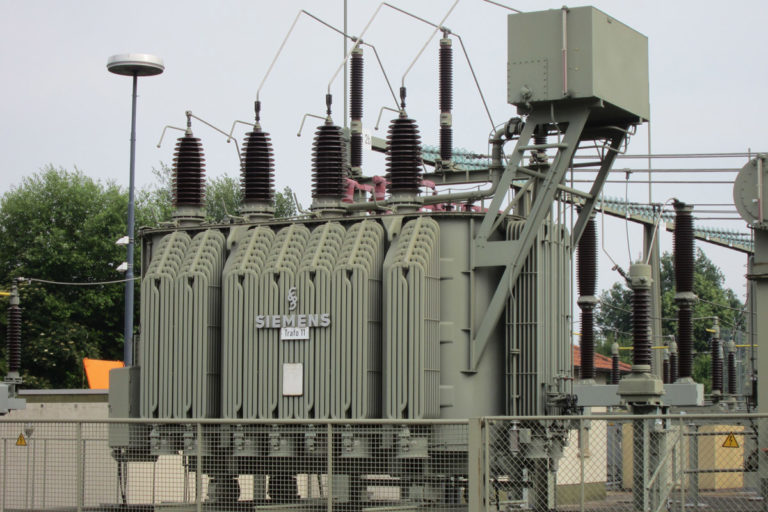
Energy efficiency
Energy efficiency takes on a central role in the conversion of previous energy systems. All other things being equal, higher electrical conductivity means higher energy efficiency or more compact designs with the same efficiency.
Copper has the highest electrical conductivity of all non-precious metals. Its properties therefore make it the preferred conductor for wires, cables and electrical devices, which use about two-thirds of the copper produced worldwide. Copper also conducts heat much better than other metals, which is very important for heat exchangers and heat sinks in electronic components. In terms of conductivity, only silver performs better. The copper industry is developing innovative materials with higher conductivity to further improve the range of applications.
The compactness of copper conductors saves on other materials such as dynamo sheet, housing, insulation, connectors and cable support systems. Without copper, electrical components such as motors, transformers and cables would be about 20% larger for the same efficiency. Unlike other conductors that must be made from primary metal, copper conductors can be made from 100% recycled material. The energy required for recycling is about 20% of the energy required for primary production (from mining). In addition, the relatively high value of copper, combined with its ease of recycling, is a key factor in recovering end-of-life products that would otherwise be lost.
Copper conducts heat much better than other metals
Are you looking for a different content?
